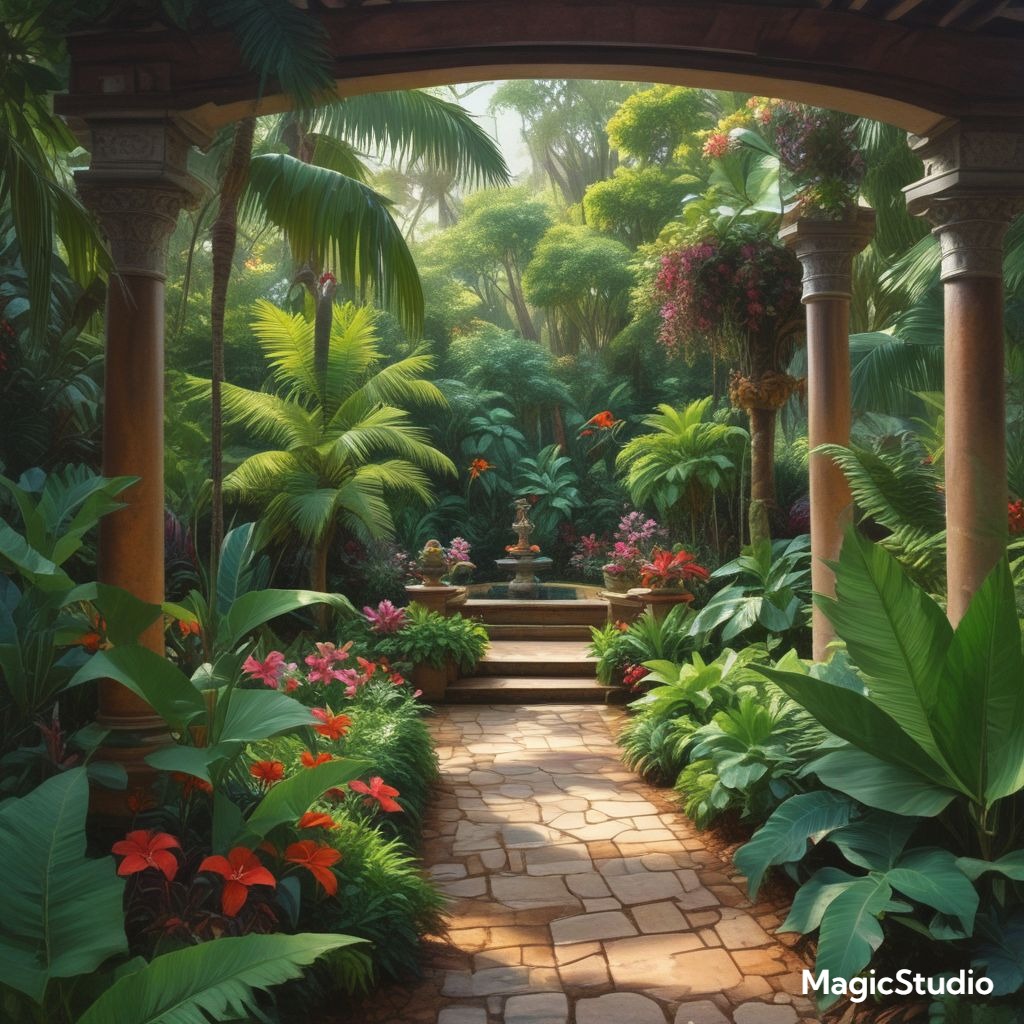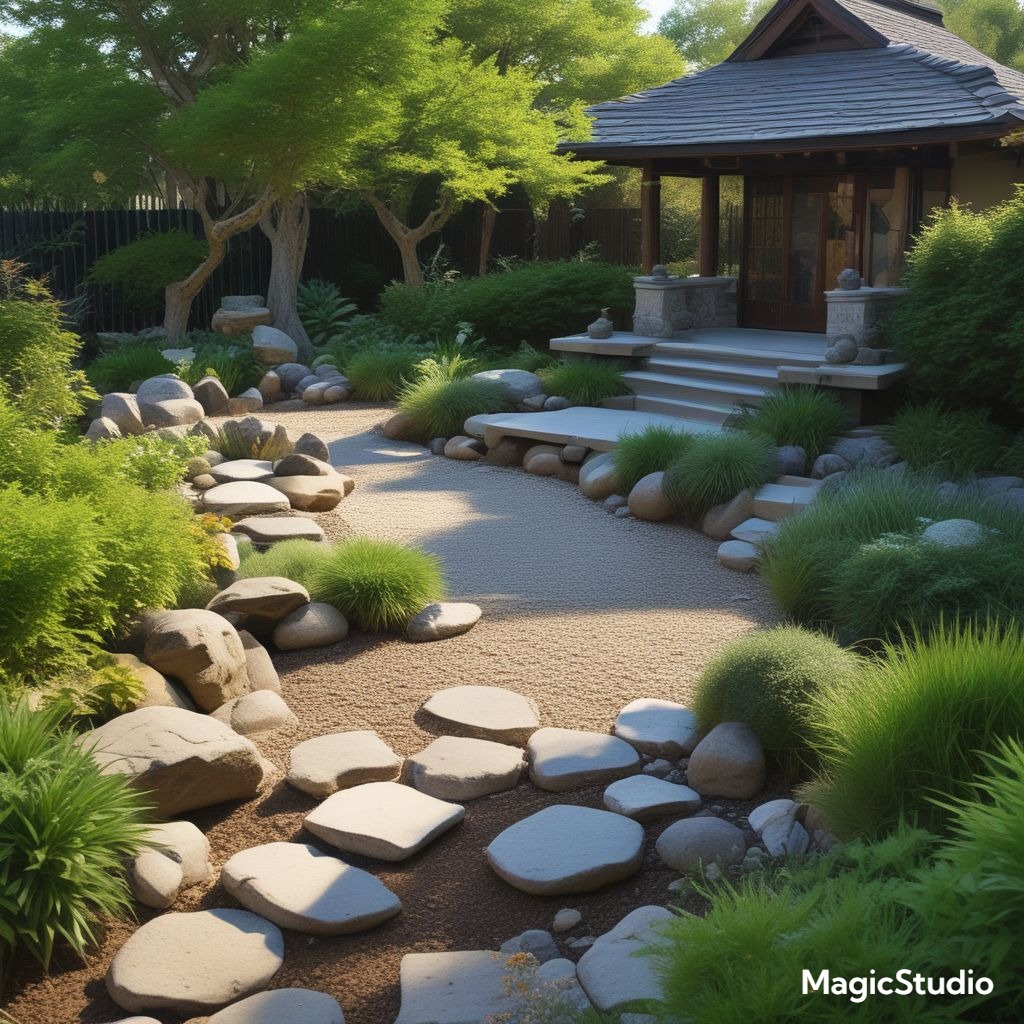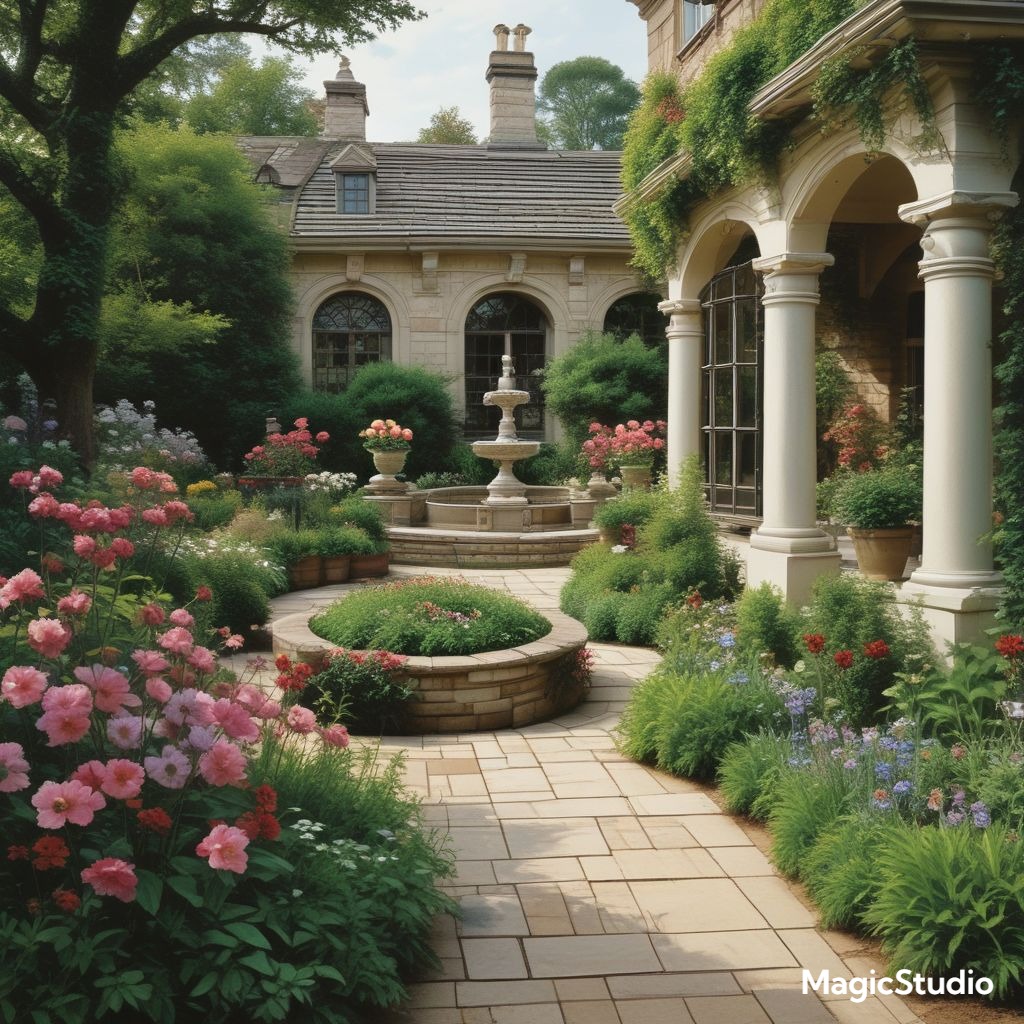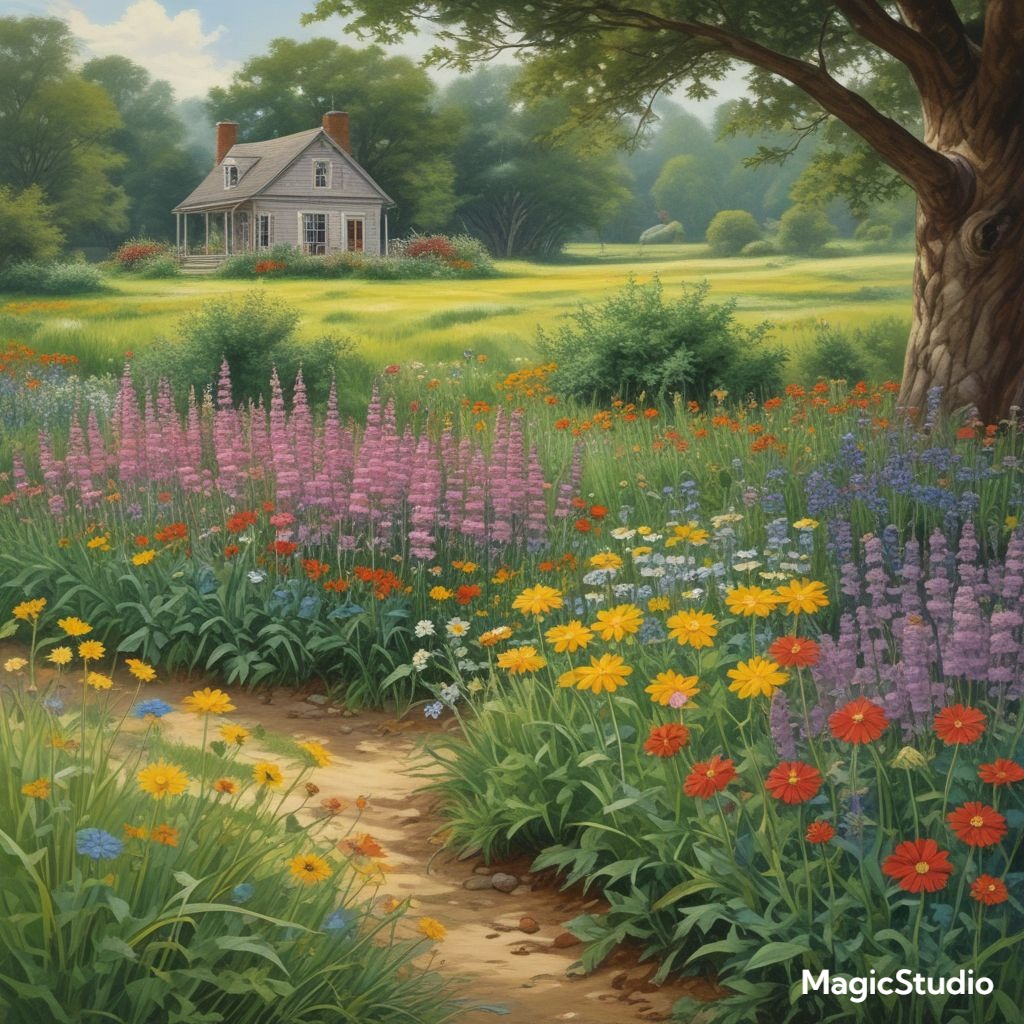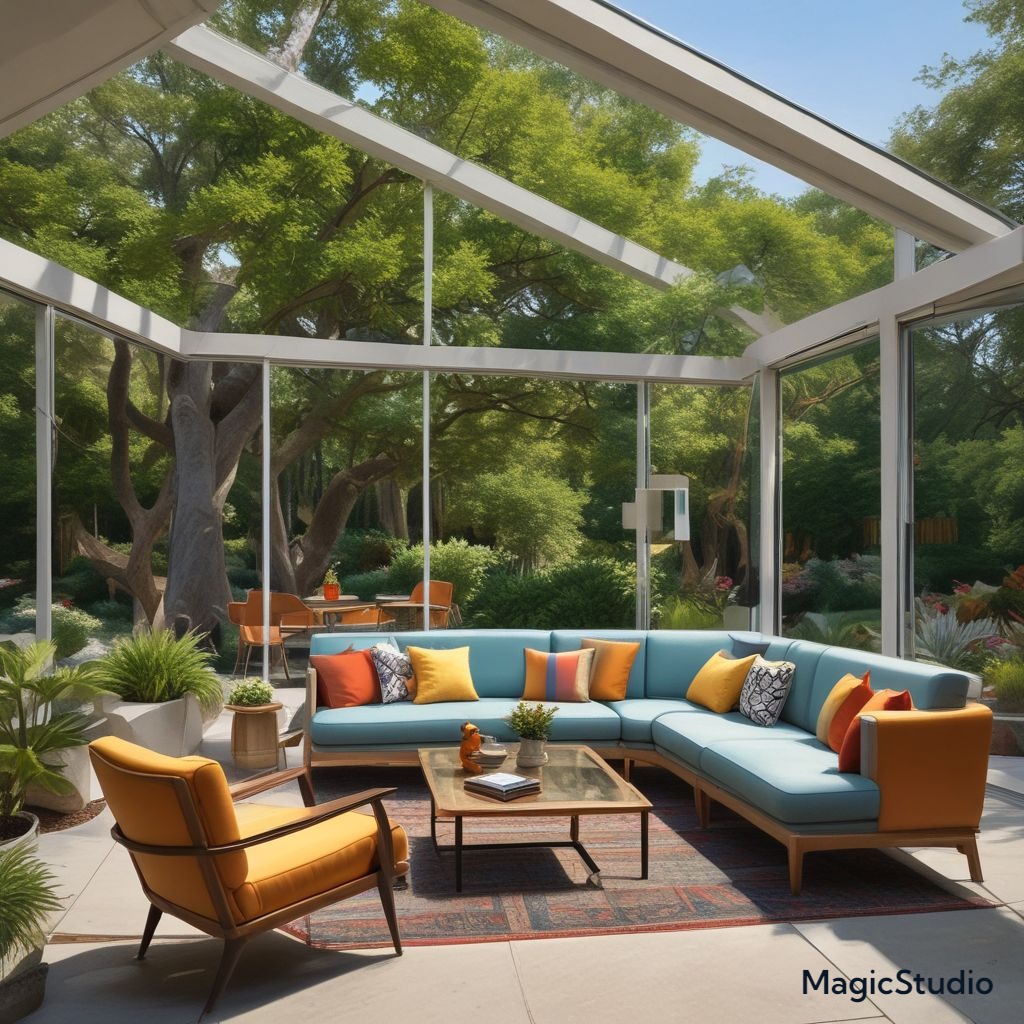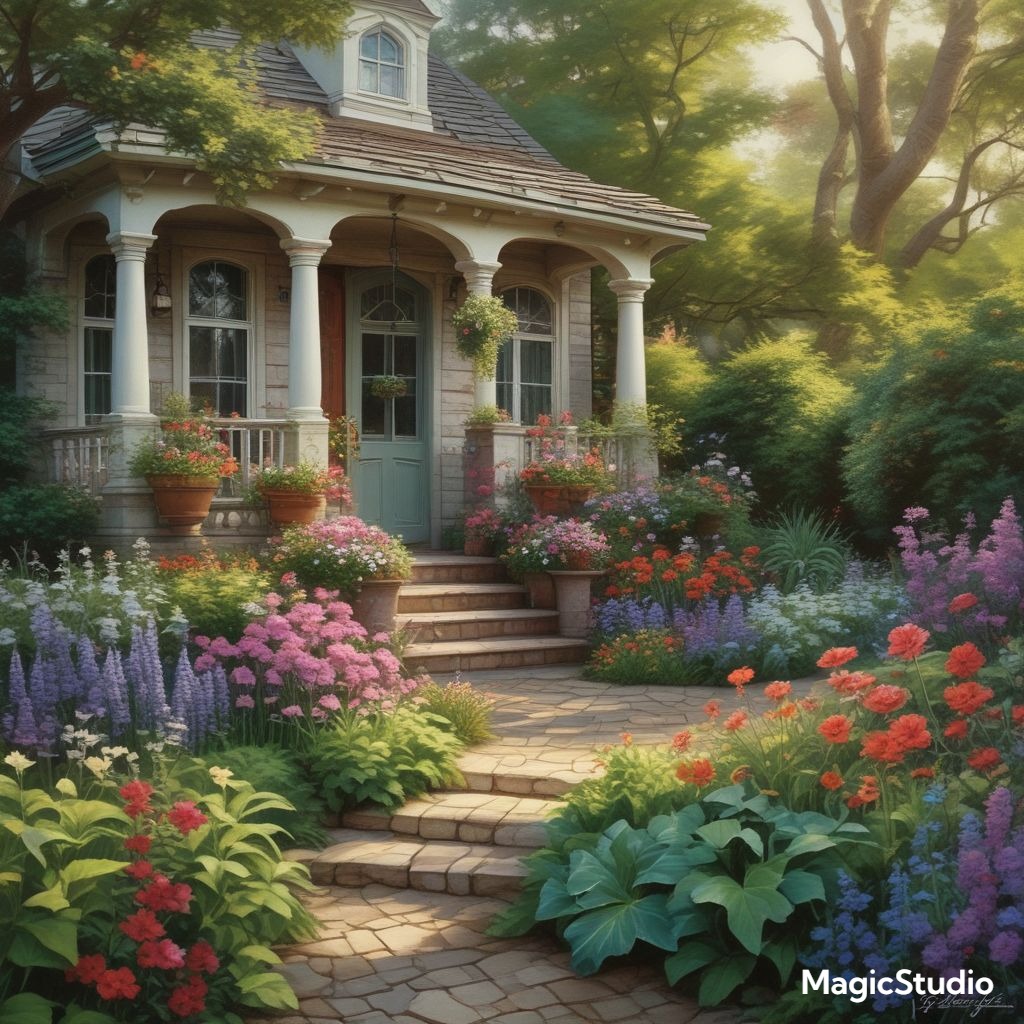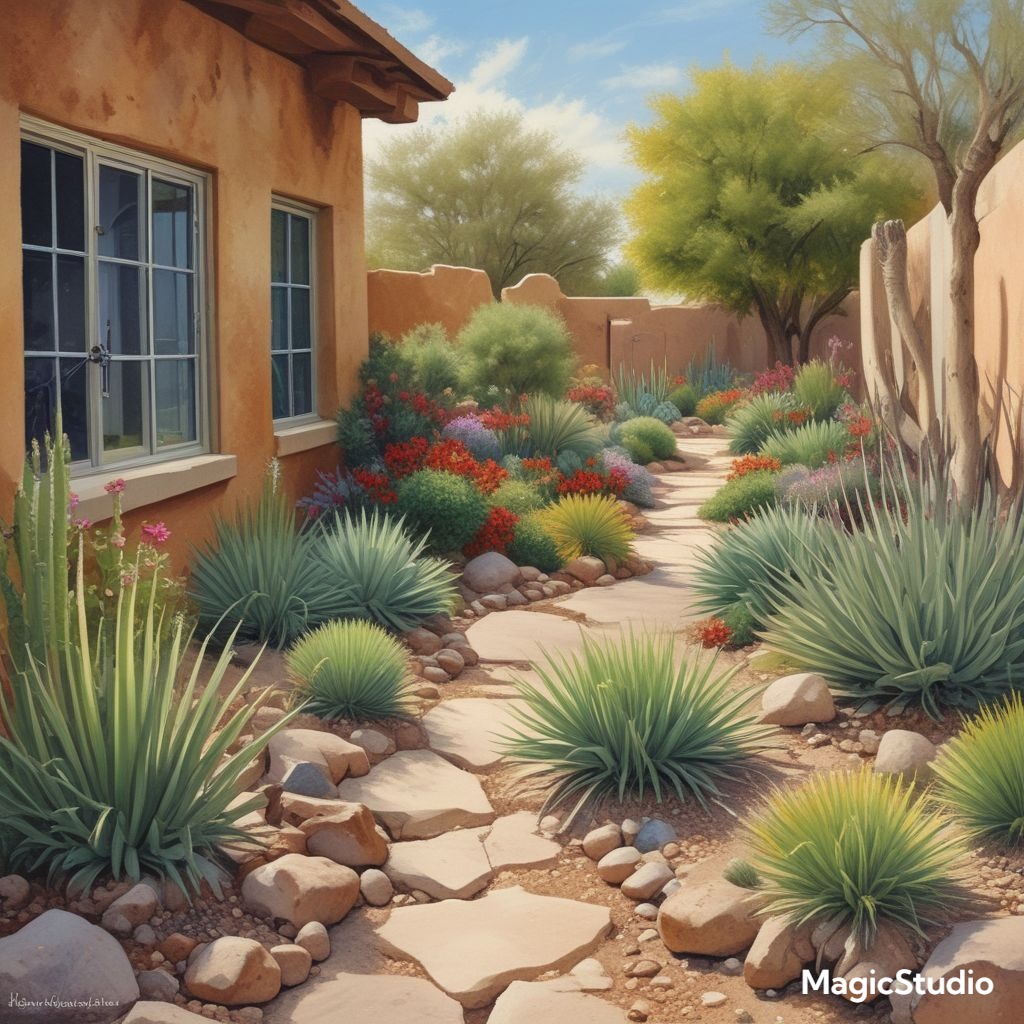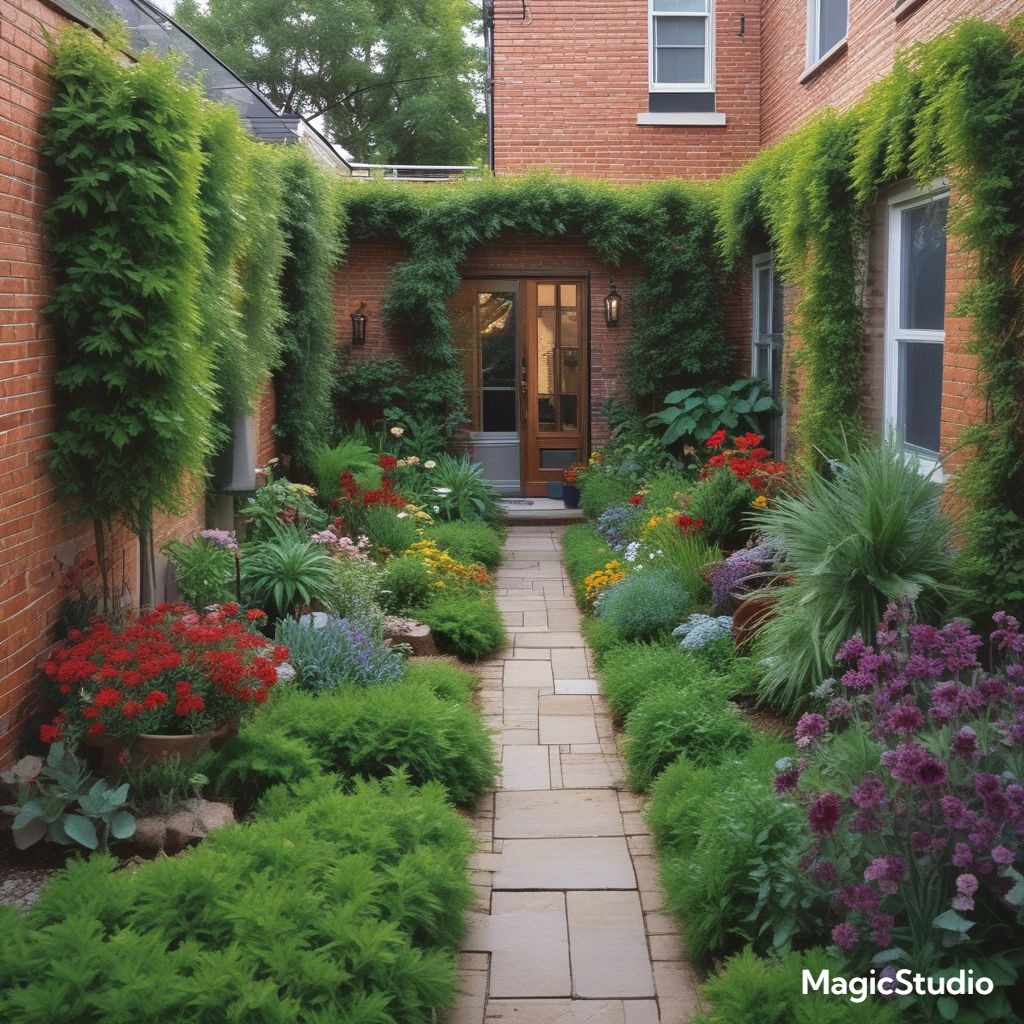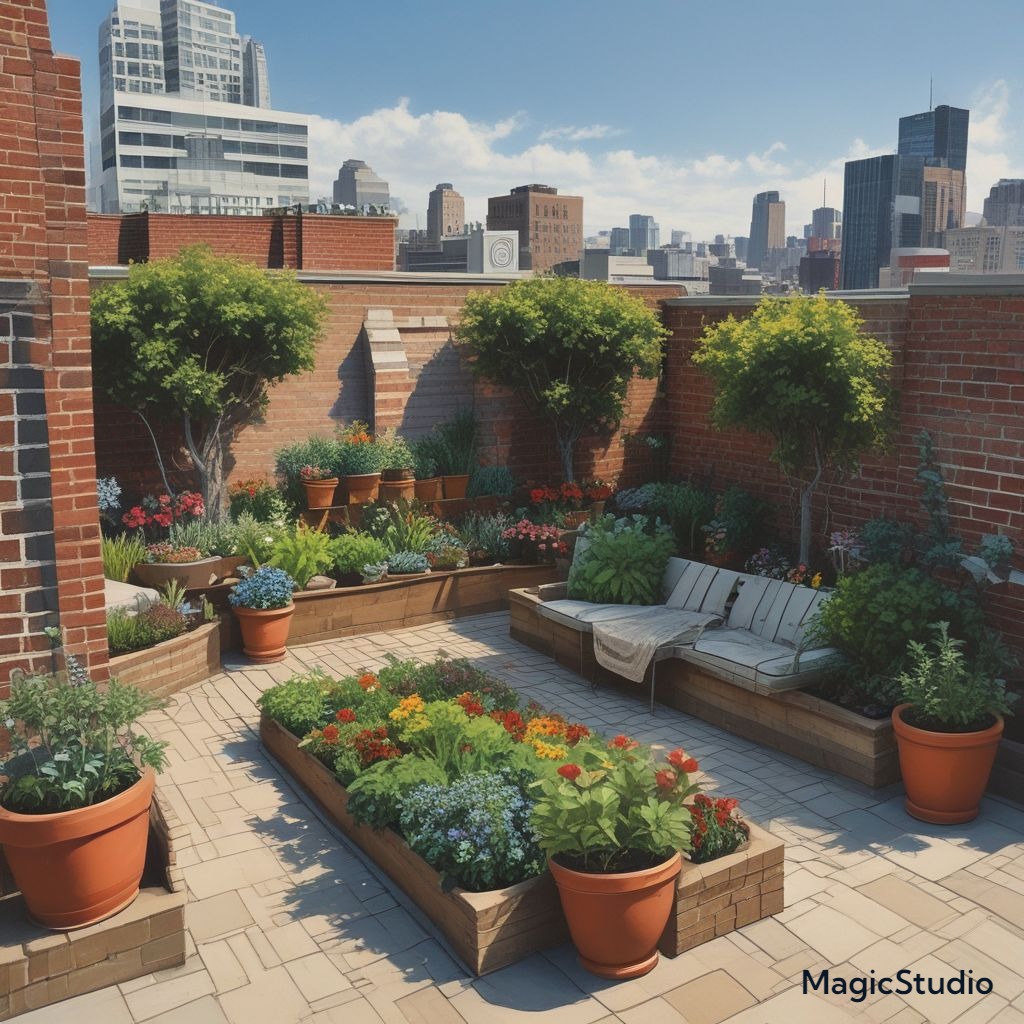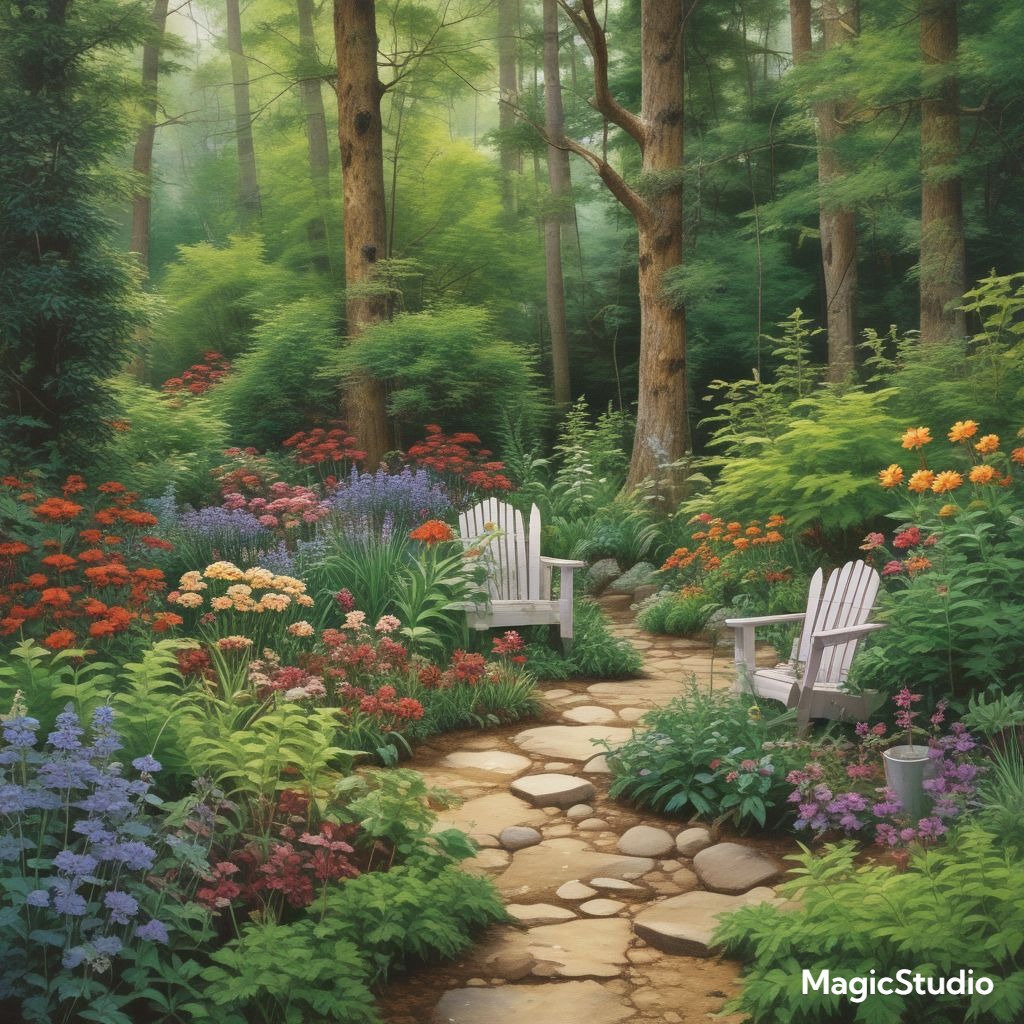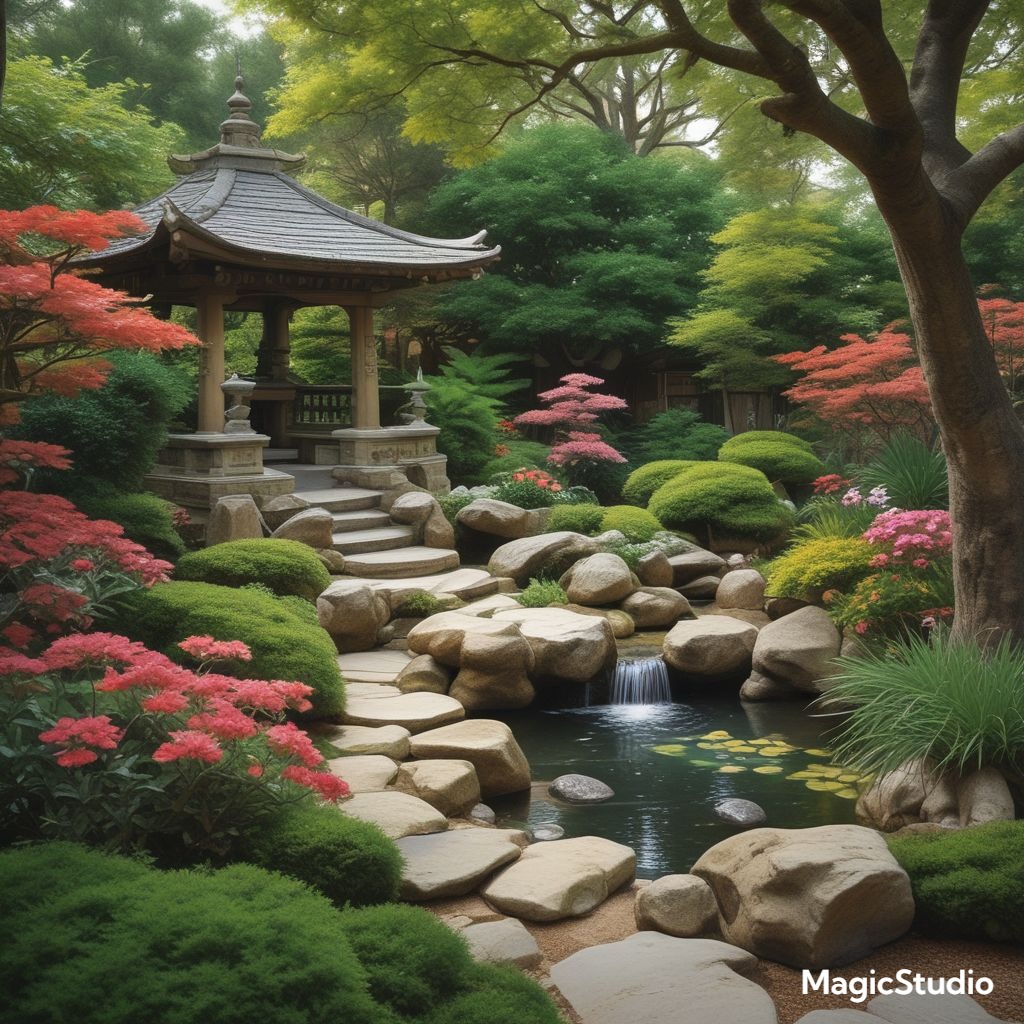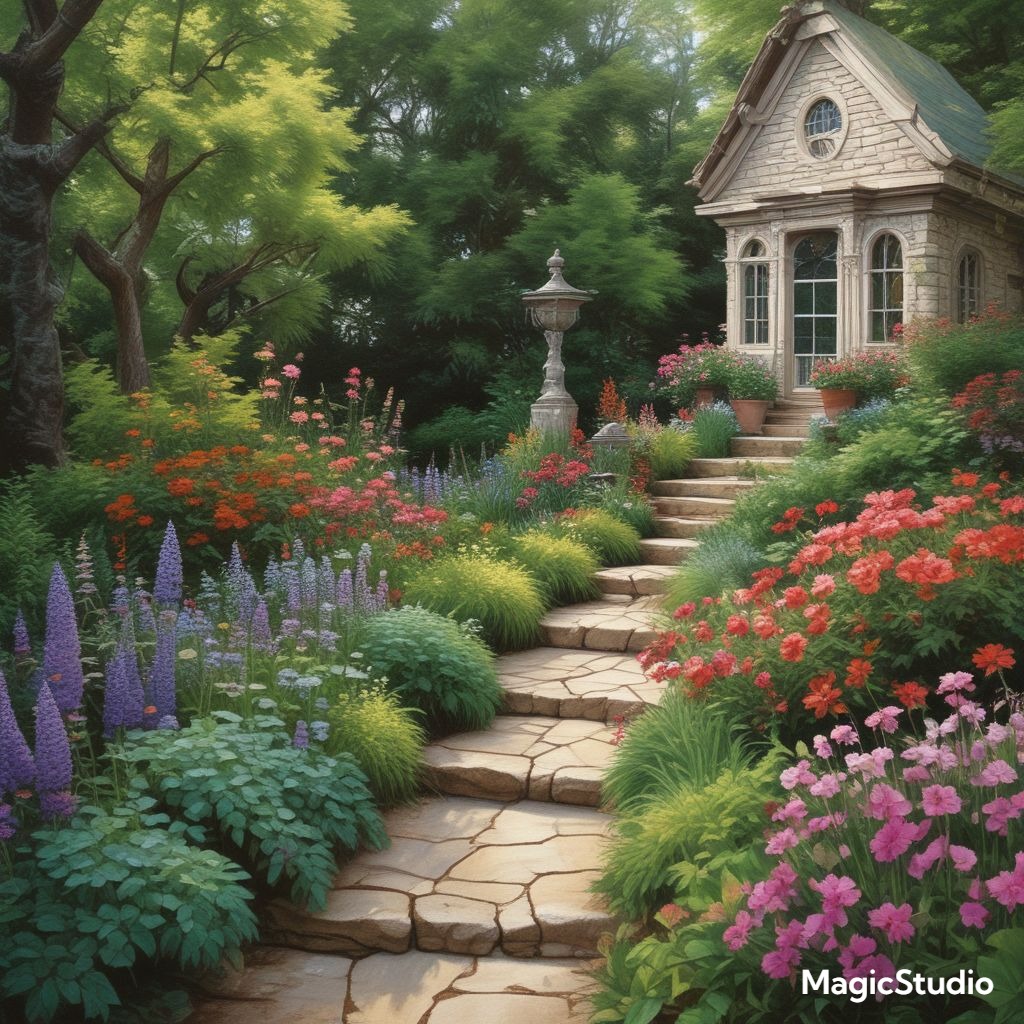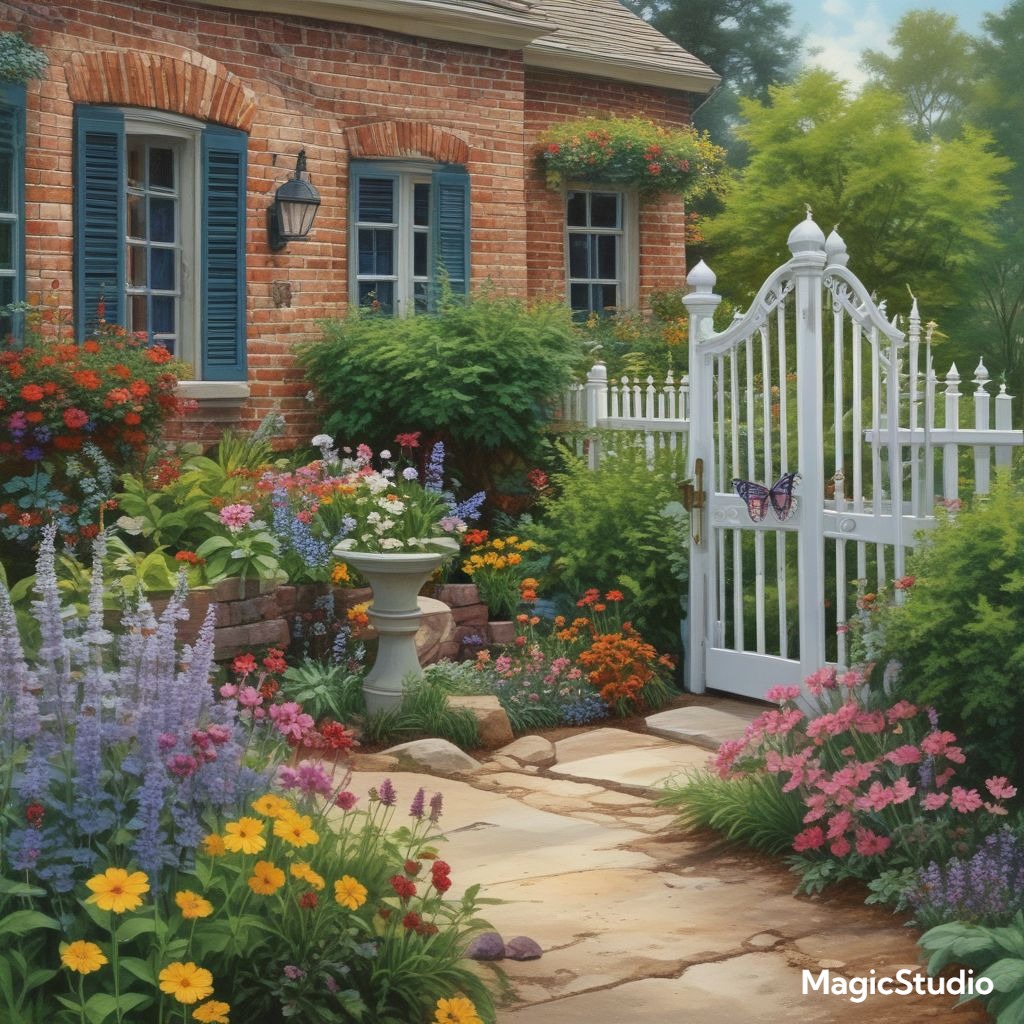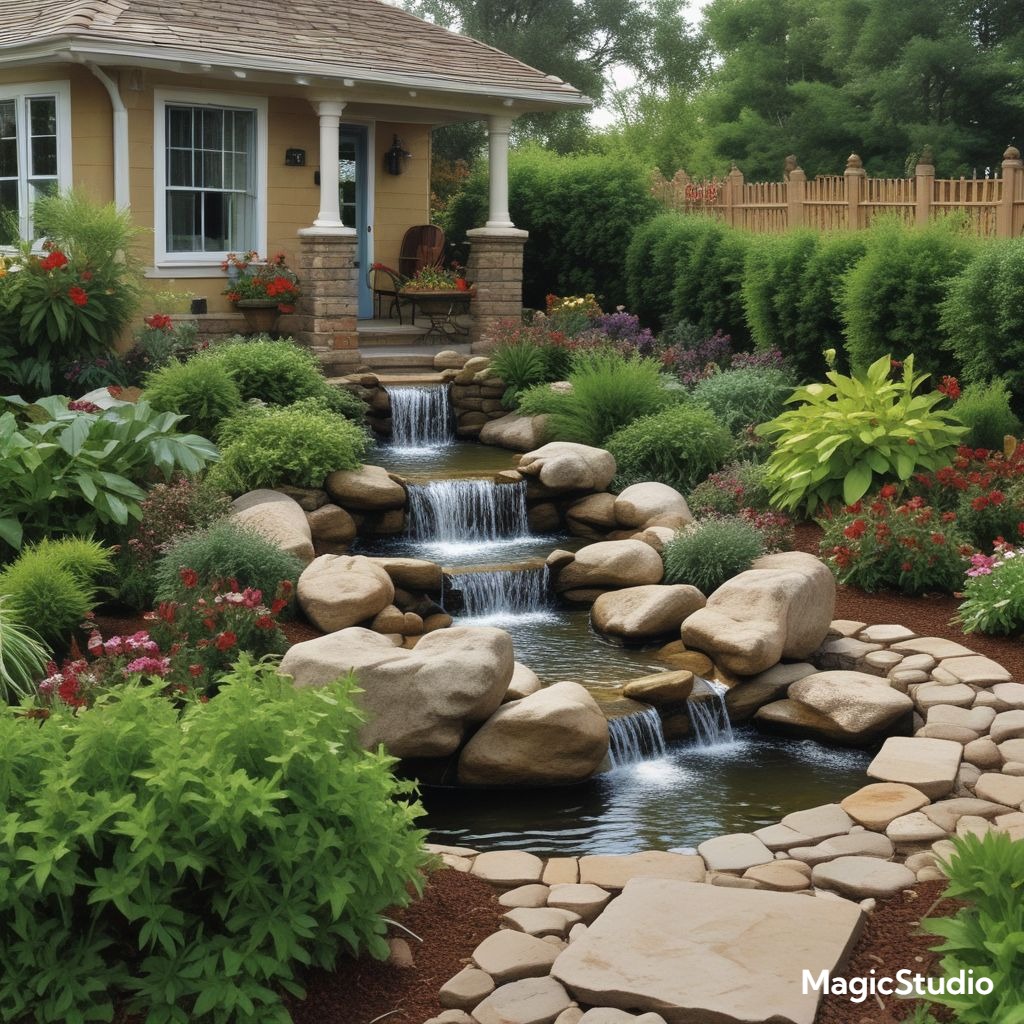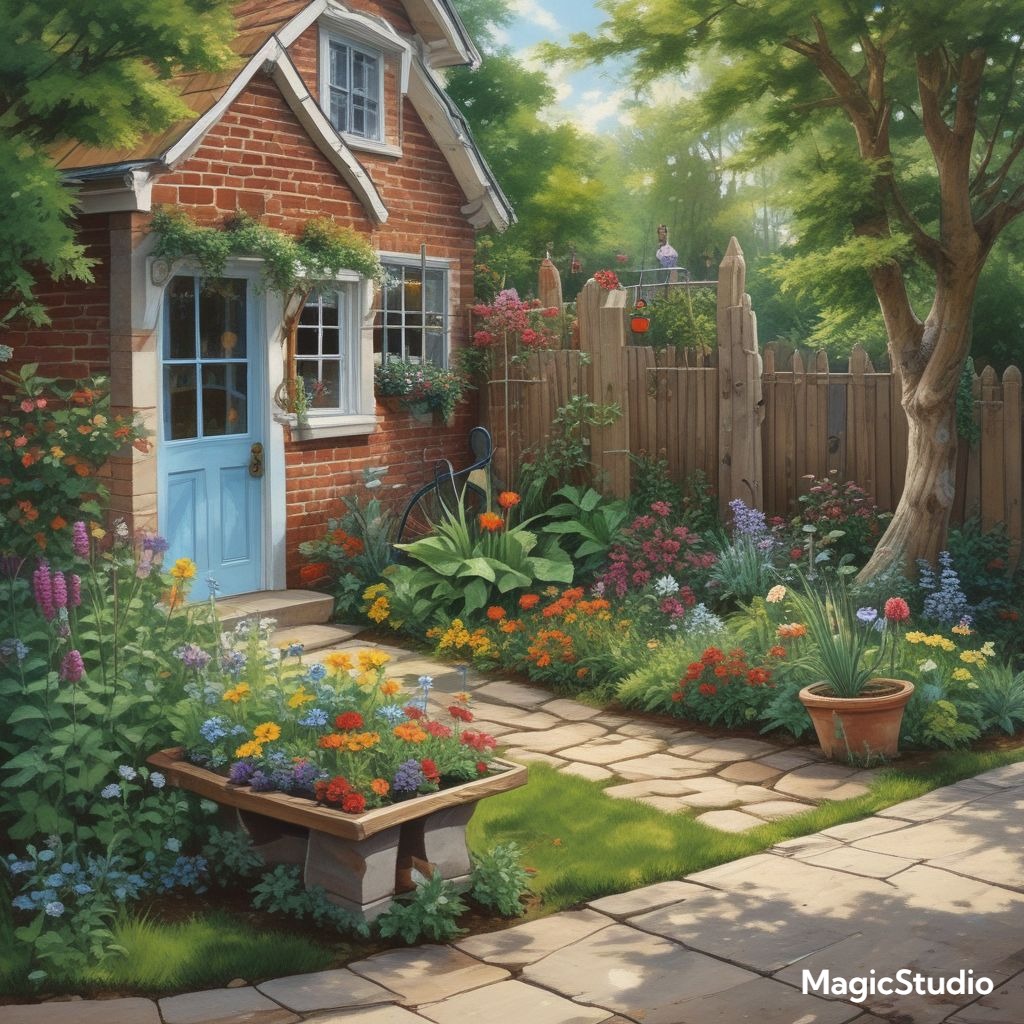Your front yard is the first impression your home makes on visitors. It’s an opportunity to create a welcoming and stylish space that reflects your personal style and enhances your curb appeal. With a little planning and creativity, you can transform your front yard into a stunning oasis that you’ll be proud to show off. Whether you’re looking for a low-maintenance garden, a vibrant splash of color, or a tranquil retreat, there are endless possibilities to explore.
A Lush, Tropical Paradise
Embrace the vibrant energy of the tropics with a front yard design that’s bursting with life and color. Think lush green foliage, vibrant flowering plants, and tropical textures. Choose large, bold-leafed plants like Monstera deliciosa, Bird of Paradise, or banana palms. Incorporate vibrant flowering plants like hibiscus, bougainvillea, or ginger lilies for a pop of color. Consider using natural materials like bamboo or stone for pathways and accents to enhance the tropical vibe. The color palette should be inspired by the warm hues of the tropics, with vibrant yellows, oranges, reds, and greens. This style is popular in regions with warm climates like California, Florida, and the Mediterranean, bringing a touch of exotic charm to the landscape.
A Modern Minimalist Oasis
For a sleek and contemporary look, opt for a minimalist garden design that prioritizes simplicity and clean lines. Choose plants with architectural forms, such as succulents, grasses, or boxwood hedges. Use geometric shapes in your hardscaping, such as rectangular stepping stones, square planters, or a clean-lined patio. The color palette should be muted and understated, with shades of grey, white, black, and natural wood tones. This style is highly sought after in urban areas of the US and Europe, offering a serene and modern contrast to bustling city life.
A Cottage Garden Charm
Embrace the rustic charm of a cottage garden with a design that’s overflowing with colorful blooms, climbing vines, and whimsical details. Choose a mix of annuals and perennials, including cottage garden favorites like roses, lavender, and hydrangeas. Incorporate natural elements like stone paths, rustic trellises, or a charming wooden gate. The color palette should be bright and cheerful, with pastel shades of pink, yellow, purple, and blue. This style is popular in regions with a cool climate and is often associated with the countryside, evoking a sense of nostalgia and comfort.
A Zen Garden Sanctuary
Create a tranquil and meditative space with a Zen garden design that emphasizes balance, simplicity, and harmony. Use natural elements like gravel, rocks, sand, and water features. Choose plants with low-maintenance needs and simple forms, such as Japanese maples, bamboo, or ferns. The color palette should be minimalist and serene, with shades of grey, white, and green. This style is gaining popularity in both the US and Europe, offering a sense of peace and tranquility in an increasingly fast-paced world.
A Formal English Garden
Embrace the elegance and symmetry of a formal English garden with a design that features structured planting beds, manicured lawns, and intricate topiary. Choose plants with a formal appearance, such as boxwood, yew, and lavender. Incorporate symmetrical hardscaping elements like stone paths, fountains, or gazebos. The color palette should be classic and timeless, with shades of white, cream, green, and gold. This style is a timeless classic, often associated with historical estates and grand gardens, offering a sense of sophistication and grandeur.
A Wildflower Meadow
Let nature take its course with a wildflower meadow that’s bursting with vibrant color and a sense of untamed beauty. Choose a mix of native wildflowers that are well-suited to your climate. Allow the wildflowers to self-seed and create a natural, flowing landscape. Use gravel or stone pathways to create access points through the meadow. This style is becoming increasingly popular as people embrace a more natural approach to gardening, offering a vibrant and eco-friendly solution.
A Mediterranean Oasis
Transport yourself to the sun-drenched shores of the Mediterranean with a garden design that embodies the region’s warm climate and rustic charm. Choose drought-tolerant plants like olive trees, lavender, rosemary, and succulents. Use natural materials like stone, terracotta, and wood for hardscaping. The color palette should be earthy and warm, with shades of terracotta, ochre, and olive green. This style is particularly popular in regions with a Mediterranean climate, bringing a touch of European charm and warmth to the landscape.
A Romantic Garden
Indulge in the beauty and allure of a romantic garden with a design that’s filled with delicate blooms, whimsical details, and a touch of enchantment. Choose plants with soft, flowing forms, such as roses, clematis, and peonies. Incorporate elements like arbors, trellises, and charming stone benches. The color palette should be soft and romantic, with shades of pink, purple, white, and cream. This style is often associated with love and romance, offering a whimsical and enchanting space for relaxation and reflection.
A Desert Garden
Embrace the unique beauty of the desert with a garden design that’s adapted to arid conditions and features drought-tolerant plants. Choose succulents, cacti, and other desert-adapted species. Use gravel, stone, and native plants to create a low-maintenance, water-wise landscape. The color palette should be earthy and muted, with shades of brown, grey, and green. This style is becoming increasingly popular in arid regions, offering a stylish and sustainable solution for water conservation.
A Contemporary Urban Garden
Create a stylish and functional garden in a small urban space with a contemporary design that maximizes space and incorporates modern elements. Choose vertical gardens, raised beds, and container gardening techniques to make the most of limited space. Use materials like metal, concrete, and recycled wood for hardscaping. The color palette should be modern and sleek, with shades of grey, white, black, and pops of color from plants. This style is particularly popular in urban areas, offering a stylish and sustainable solution for greening up city spaces.
A Rooftop Garden
Transform a rooftop into a lush oasis with a garden design that’s adapted to the unique challenges of rooftop gardening. Choose plants that can tolerate wind, sun, and limited soil depth. Use raised beds, containers, and vertical gardens to maximize space. Incorporate water features and seating areas for relaxation and enjoyment. This style is becoming increasingly popular in urban areas, offering a unique and sustainable solution for bringing nature to city living.
A Woodland Garden
Embrace the tranquility and beauty of a woodland setting with a garden design that creates a natural, shaded retreat. Choose plants that thrive in shady conditions, such as ferns, hostas, and woodland wildflowers. Use natural materials like bark mulch, logs, and stone pathways to enhance the woodland feel. The color palette should be natural and subdued, with shades of green, brown, and white. This style is popular in regions with wooded areas, offering a serene and immersive escape from the hustle and bustle of everyday life.
A Japanese Garden
Experience the serene beauty and philosophical principles of a Japanese garden with a design that embodies simplicity, balance, and harmony. Use natural elements like gravel, rocks, sand, water features, and stone lanterns. Choose plants with simple forms and symbolic meanings, such as Japanese maples, bamboo, and bonsai trees. The color palette should be muted and understated, with shades of green, grey, and white. This style is gaining popularity in both the US and Europe, offering a tranquil and meditative space for reflection and peace.
A Secret Garden
Create a sense of mystery and intrigue with a secret garden design that’s hidden away from view and offers a sense of sanctuary. Use hedges, trellises, or walls to create a secluded space. Choose plants with a sense of mystery and romance, such as roses, jasmine, and hydrangeas. Incorporate elements like hidden pathways, secluded seating areas, and whimsical details. This style is perfect for creating a hidden gem within your front yard, offering a place to escape from the ordinary and indulge in the beauty of nature.
A Herb Garden
Embrace the aromatic and culinary delights of a herb garden with a design that’s both functional and beautiful. Choose a variety of herbs that are well-suited to your climate and culinary preferences. Use raised beds, containers, or vertical gardens to maximize space. Incorporate elements like stone paths, terracotta pots, and herb labels. This style is popular for its practicality and versatility, offering fresh herbs for cooking and a fragrant addition to your front yard.
A Butterfly Garden
Attract colorful butterflies and other pollinators with a butterfly garden that’s filled with nectar-rich flowers and host plants. Choose plants that are known to attract butterflies, such as butterfly bush, milkweed, and coneflowers. Incorporate elements like birdbaths, butterfly feeders, and flower-shaped stepping stones. This style is popular for its beauty and ecological benefits, offering a vibrant and sustainable addition to your landscape.
A Water Feature Garden
Create a serene and inviting atmosphere with a water feature garden that incorporates elements like ponds, fountains, or streams. Choose plants that thrive in moist conditions, such as water lilies, irises, and ferns. Use natural materials like stone, wood, and gravel for hardscaping. The color palette should be calming and refreshing, with shades of blue, green, and white. This style is popular for its relaxing and mesmerizing qualities, offering a tranquil retreat in your own front yard.
A Children’s Garden
Create a fun and playful space for children with a children’s garden that features interactive elements, colorful plants, and whimsical details. Choose plants that are safe for children, such as herbs, vegetables, and colorful flowers. Incorporate elements like playhouses, climbing structures, swings, and sandboxes. The color palette should be bright and cheerful, with shades of red, yellow, blue, and green. This style is perfect for families with children, offering a space for play, exploration, and learning about the natural world.

